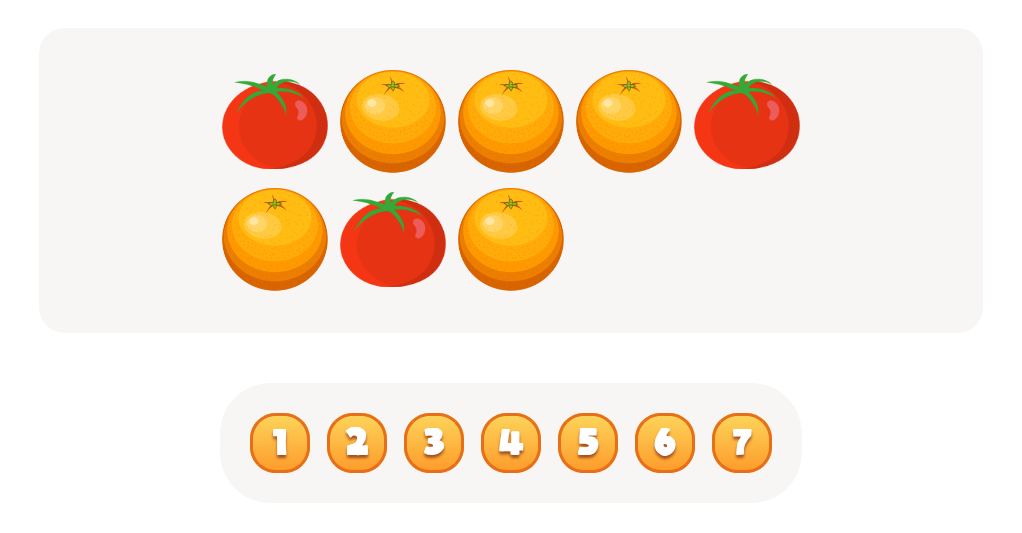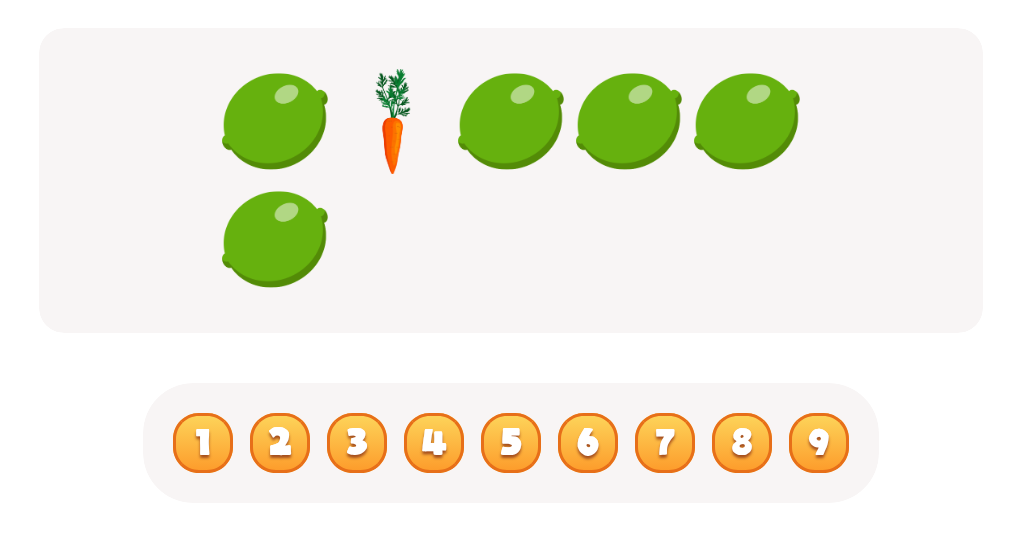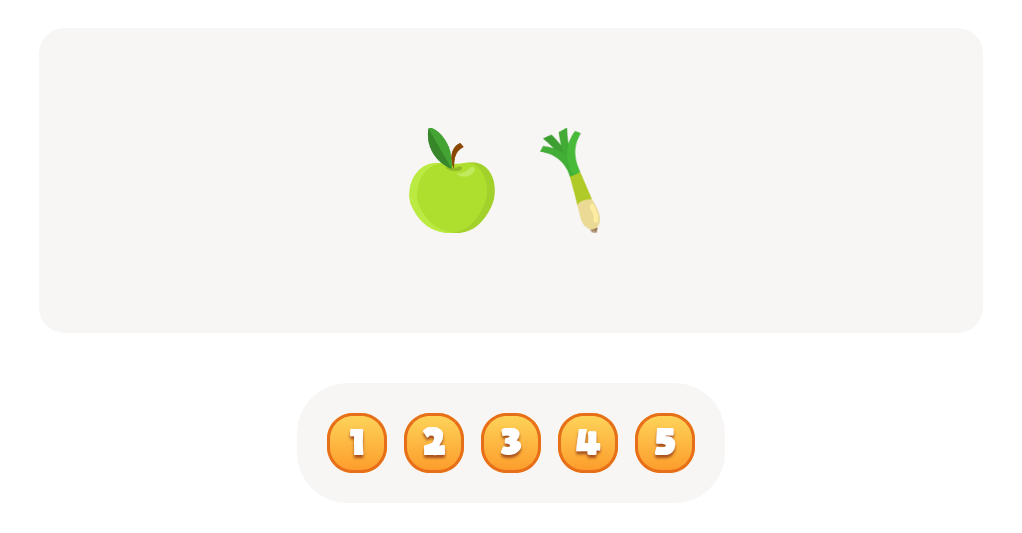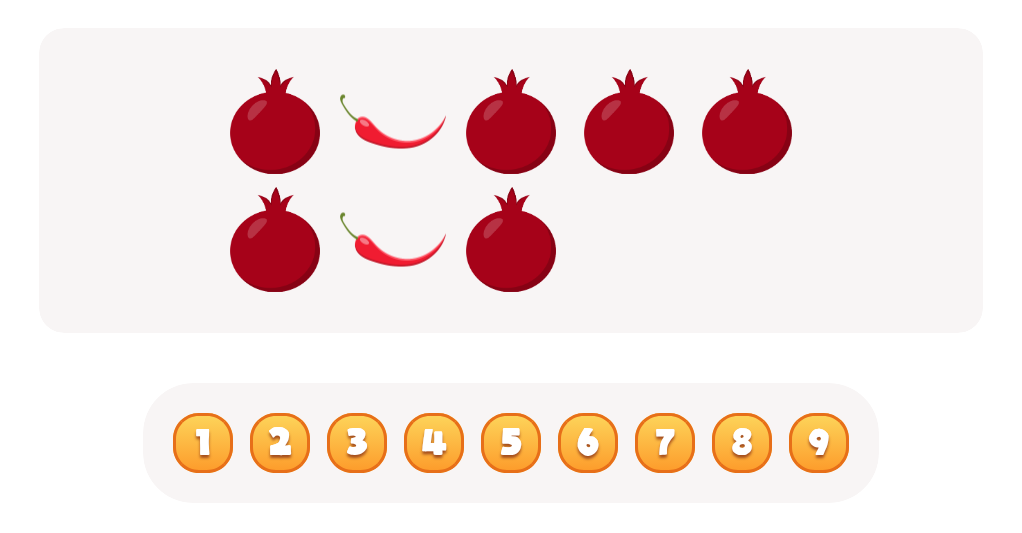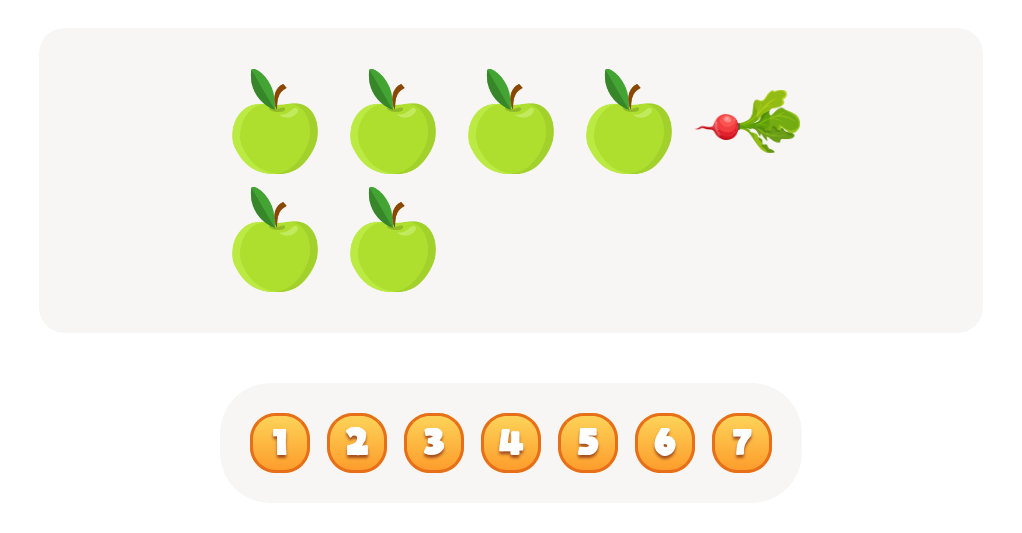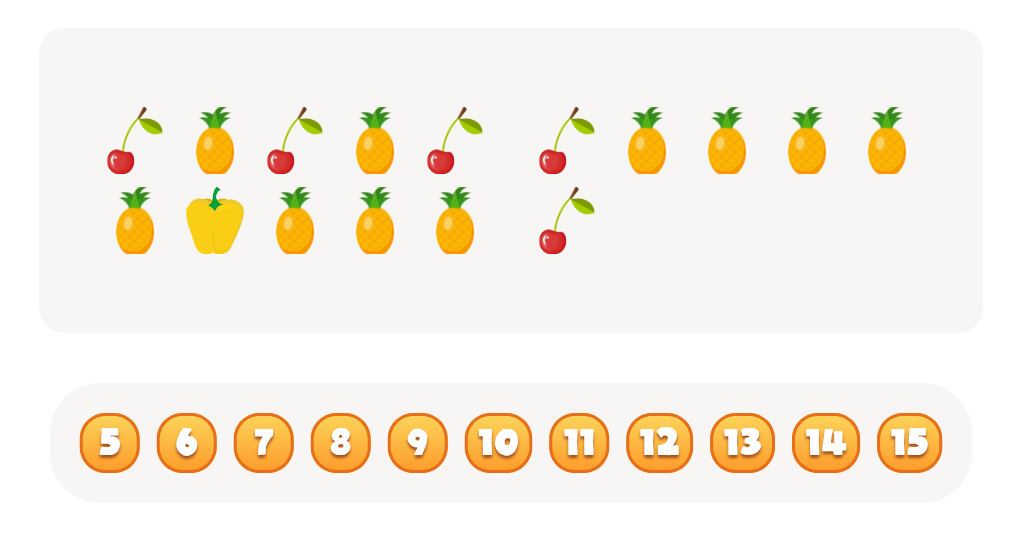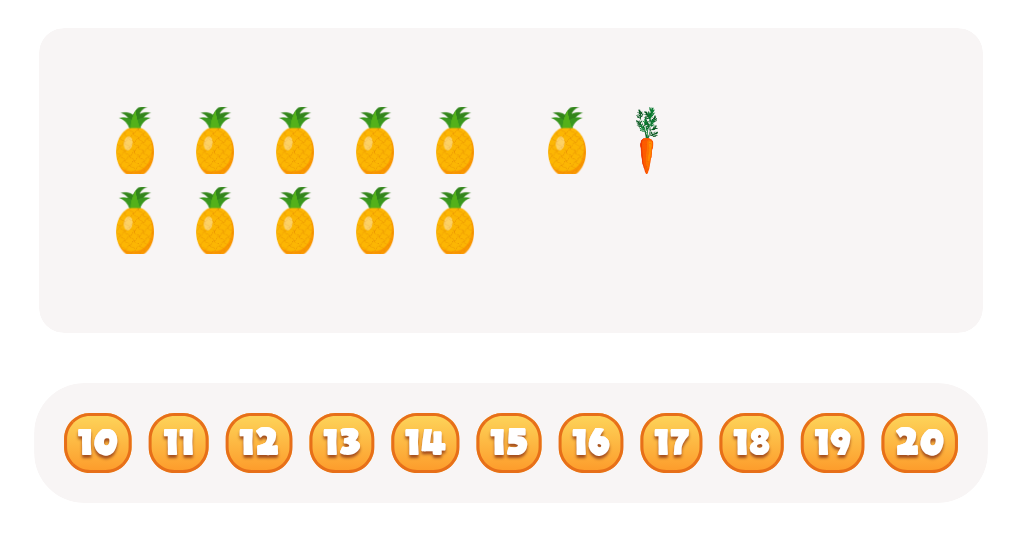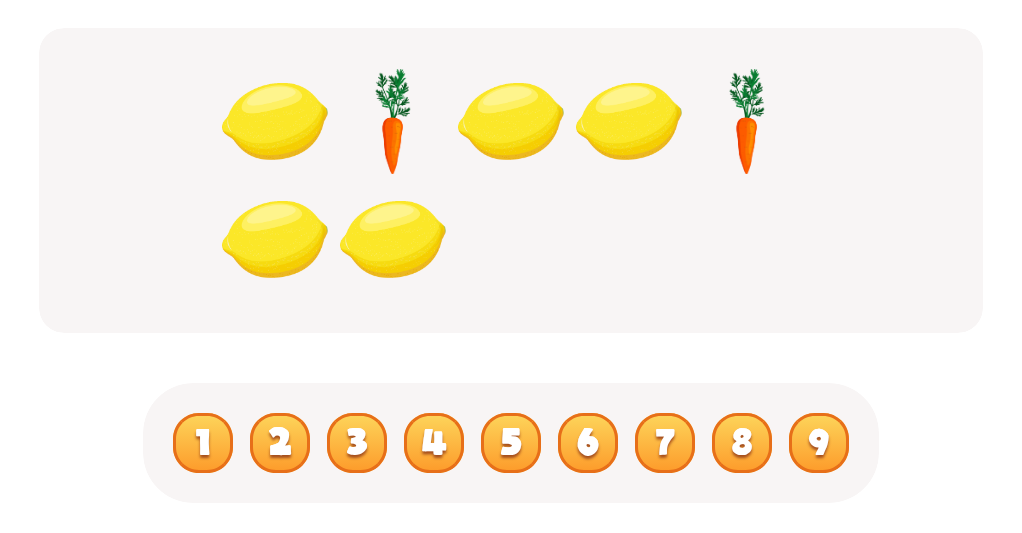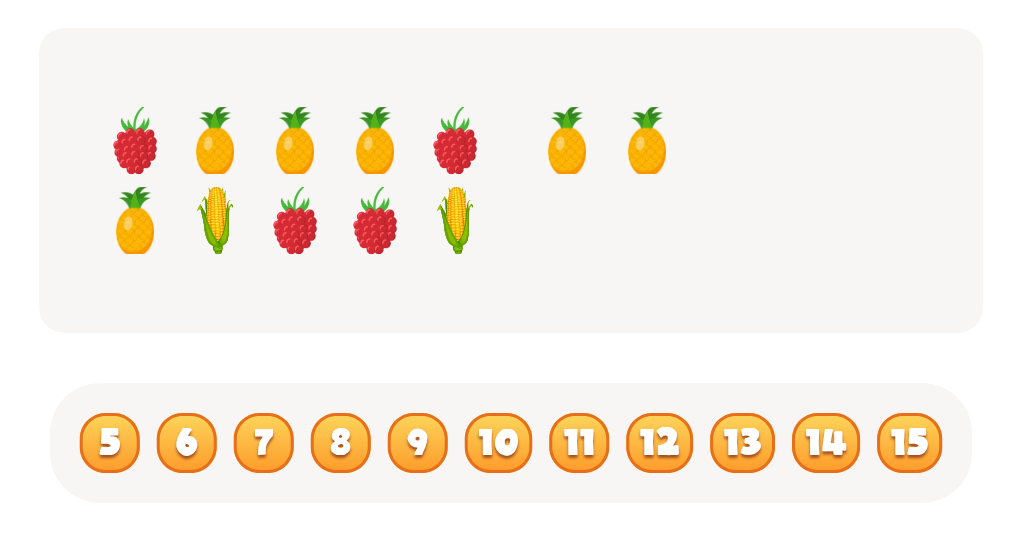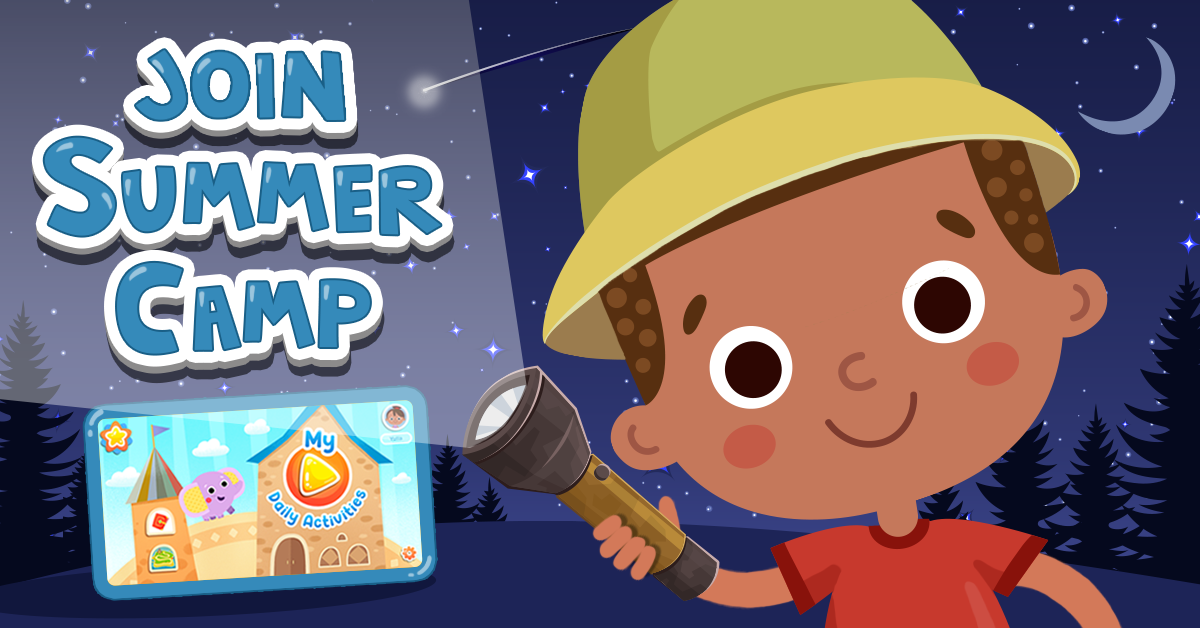Basic Addition Plants and Animals Worksheets for Ages 3-8
4 filtered results
-
From - To
Discover our engaging Basic Addition Plants and Animals Worksheets designed for children aged 3-8! These interactive and colorful worksheets make learning addition fun and relatable through the introduction of plants and animals. Each worksheet is crafted to enhance early math skills while sparking curiosity about nature. Perfect for home or classroom use, these worksheets encourage kids to count, add, and explore concepts like habitats and ecosystems. Tailored for varying skill levels, they provide an effective way to build a strong mathematical foundation. Foster a love for learning and nature simultaneously with our delightful and educational resources!
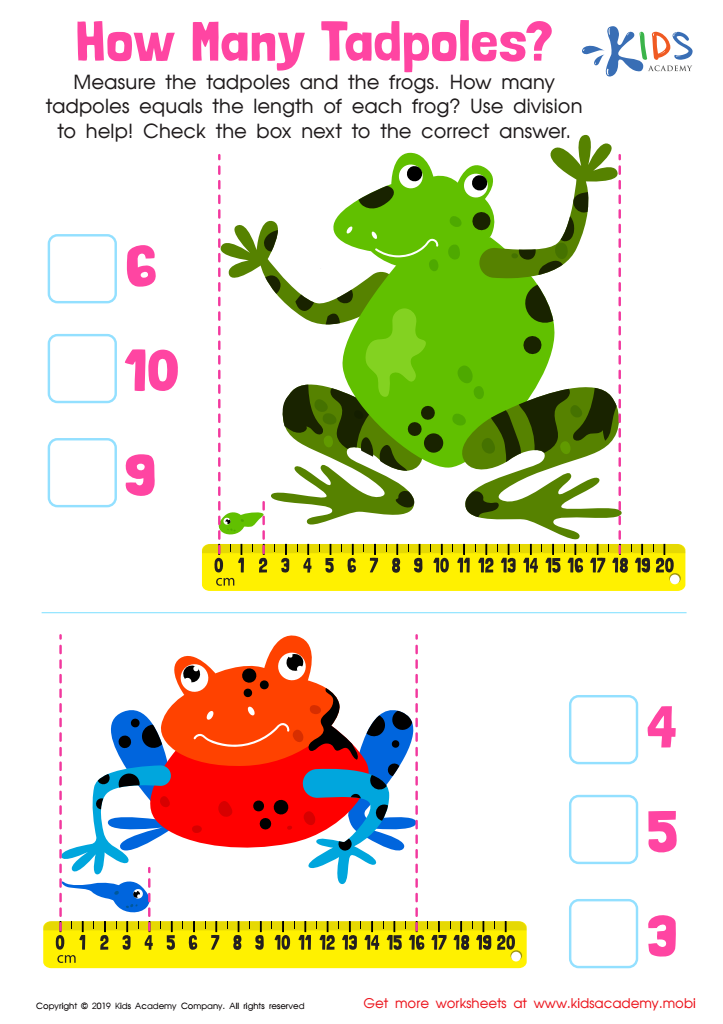

How Many Tadpoles Worksheet


African Wildlife: Giraffe Worksheet


Counting Birds Worksheet
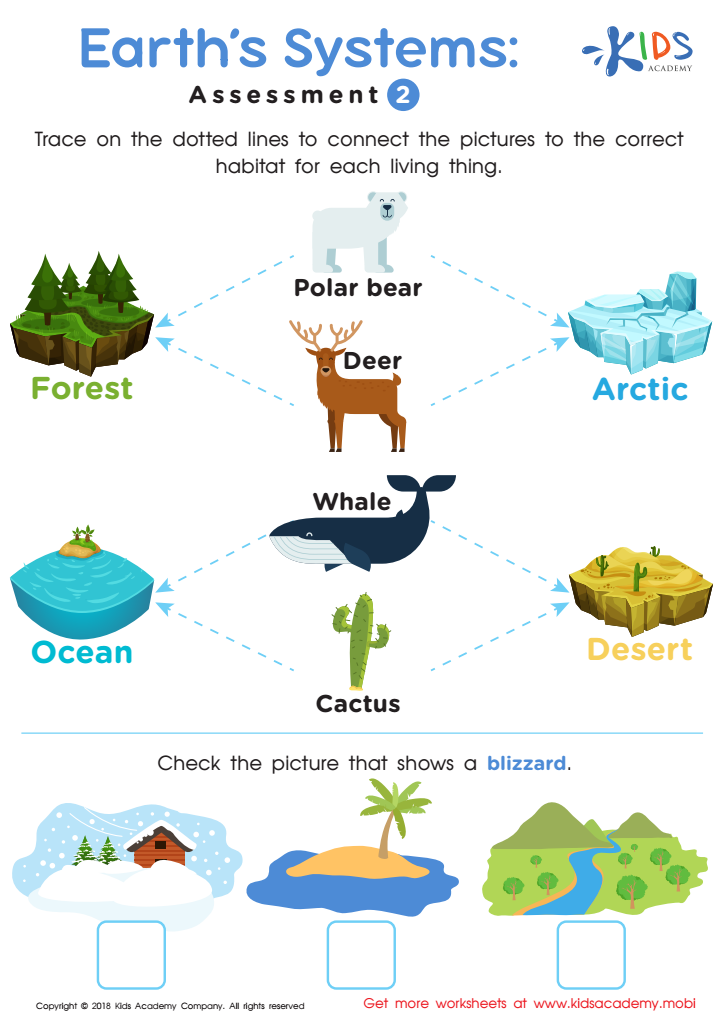

Earth's Systems: Assessment 2
Parents and teachers should care about introducing Basic Addition concepts through the themes of plants and animals for children aged 3-8 because early education establishes foundational skills critical for future learning. Using familiar themes like plants and animals captivates young minds, making the learning process engaging and relatable.
At this age, children are naturally curious, so integrating math with topics they love sparks interest and motivation. For instance, counting leaves or adding animal friends in stories fosters not only math skills but also an appreciation for nature.
Furthermore, learning basic addition through visual and tactile methods, such as using physical objects like toys or crafts, enhances understanding. Children who grasp these concepts early often develop stronger problem-solving skills and critical thinking abilities later on.
Additionally, this approach promotes interdisciplinary learning, melding math with science and environmental awareness.
While teaching these concepts, caregivers can also foster social skills through cooperative activities, such as team games or interactive story time. Consequently, emphasizing Basic Addition within the context of plants and animals provides a holistic, engaging, and enriching developmental experience, setting a solid groundwork for future academic success and life skills.
 Assign to My Students
Assign to My Students

